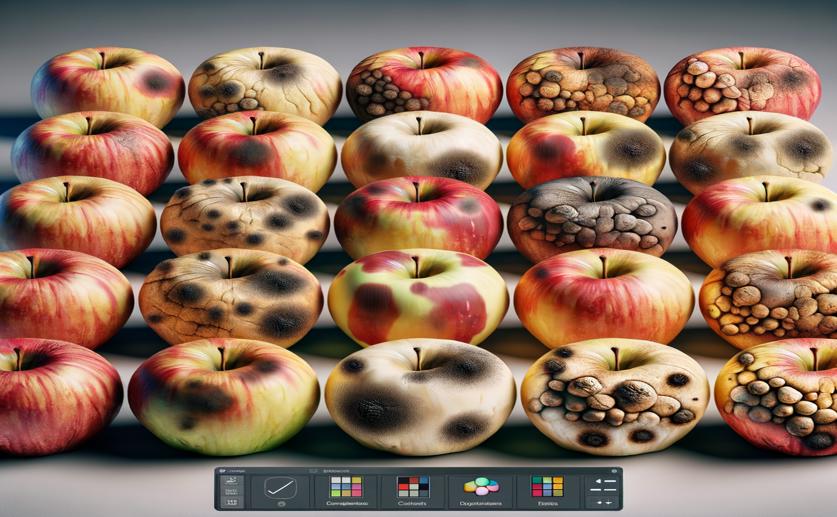
Understanding Apple Varieties and Their Resistance to Apple Scab Disease
Greg Howard
7th September, 2024

Image Source: Natural Science News, 2024
Key Findings
- Researchers at the University of Angers, France, studied the genetic mechanisms behind partial resistance to apple scab
- They identified specific genes that change their activity when apples are infected with the scab-causing fungus
- These findings can help breeders develop new apple varieties with stronger and more durable resistance to apple scab
References
Main Study
1) Phenotyping data coupled with RNA sequencing of apple genotypes exhibiting contrasted quantitative trait loci architecture for apple scab (Venturia inaequalis) resistance.
Published 6th September, 2024
https://doi.org/10.1016/j.dib.2024.110778
Related Studies
2) Genetic dissection of partial resistance to race 6 of Venturia inaequalis in apple.
Journal: Genome, Issue: Vol 46, Issue 2, Apr 2003
3) Acibenzolar-S-Methyl and Resistance Quantitative Trait Loci Complement Each Other to Control Apple Scab and Fire Blight.



 3rd September, 2024 | Jim Crocker
3rd September, 2024 | Jim Crocker